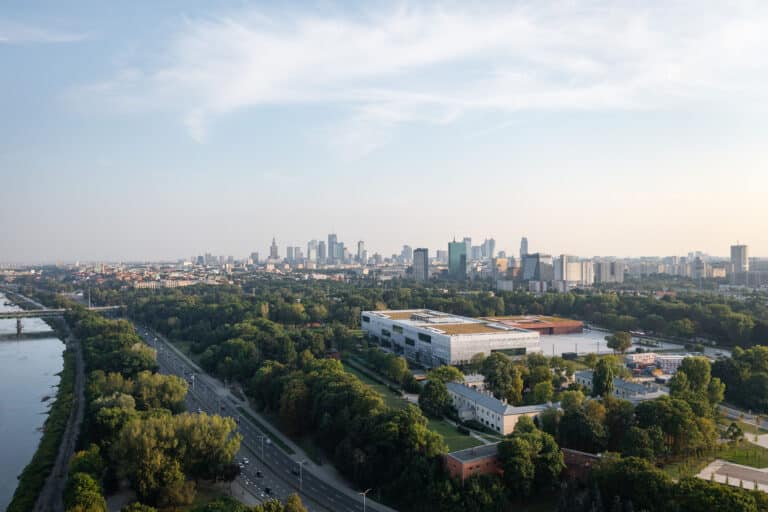Wage hikes hit 25-year high
Central Statistical Office (GUS) data show that wage growth remains rapid and has again exceeded economists’ forecasts, while employment remains high and real wage growth is the highest in at least a quarter of a century.
In February, the growth rate of average wages again exceeded the already high forecasts of economists for the second month in a row. According to GUS, wages increased by 12.9% year-on-year. and amounted to 7,979 zlotys in real terms, i.e. after adjusting for inflation, wages increased by 10%.
Such a high real increase in wages at this age has never been recorded before and may be an argument for the Monetary Policy Council to maintain high interest rates. On a monthly basis, the average salary increased by 2.7%. and in this respect too, economists’ forecasts were exceeded. Wages were expected to increase by 1.4%.
The cited salary statistics concern the enterprise sector, i.e. companies employing at least ten employees (which cover approximately 40% of those working in the Polish economy). This resulted from a mixture of two factors – annual bonuses and increases resulting from the new minimum wage rates. At the same time, inflation was low, which meant that the real increase in wages (wage dynamics minus the consumer inflation rate) reached 9%, the highest since the beginning of 2008.
February’s real increase in average wages is even higher and amounted to approximately 10% annually. This is the result not only of rapidly rising nominal wages, but also of a sharp decline in consumer inflation – according to GUS.Data also show that employment in enterprises in February decreased on a monthly basis – as expected by economists – by 0.1%. This means a year-on-year decline of 0.1%, reflecting a cooling of the economy and a slight reduction in labor demand. But the reading is still better than forecast, as a decline of 0.2% had been expected.
However, the registered unemployment rate is still very low. In February, it surprised positively and amounted to 5.4%. (an increase to 5.5% was expected). And although compared to December 2023 it increased by 0.3 percentage points (seasonal effect), it decreased by 0.1 percentage point year-on-year. The slight monthly increase may reflect a gradual rebound in labor demand, given the weak 2023.
“Despite some signs of easing, the labor market remains tight, and limited labor supply combined with another sharp increase in the minimum wage from the beginning of 2024 are generating upward pressure on average wages. The coming months will show whether a 20% wage increase in the public sector will including an increase in teachers’ salaries by 30%, will be an additional factor generating pressure on salaries in the corporate sector (competition for employees),” said ING Bank Śląski economists.







